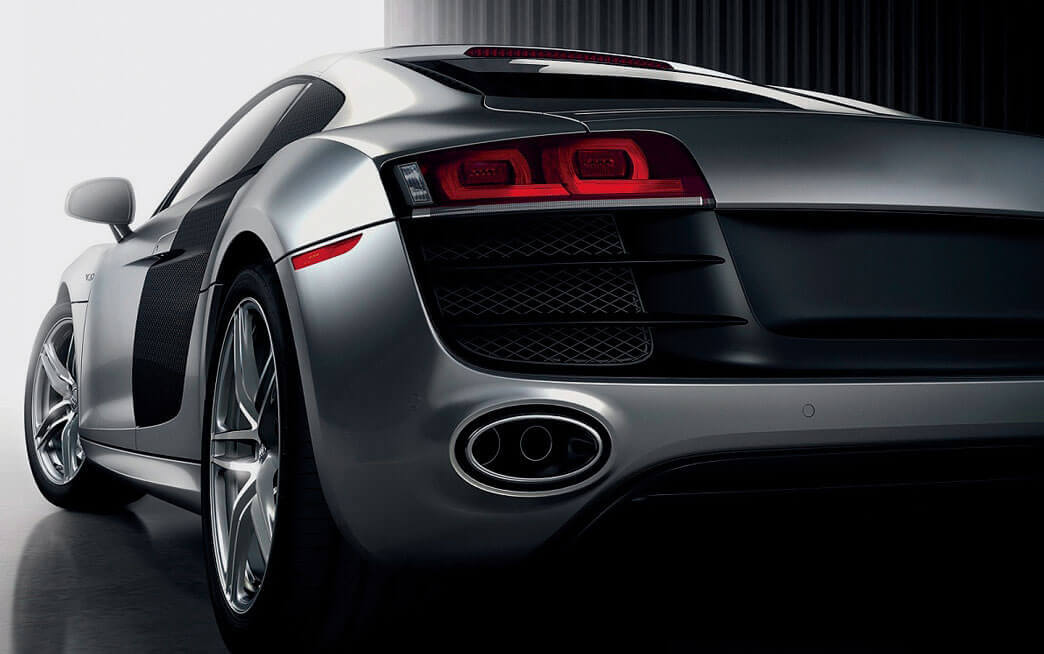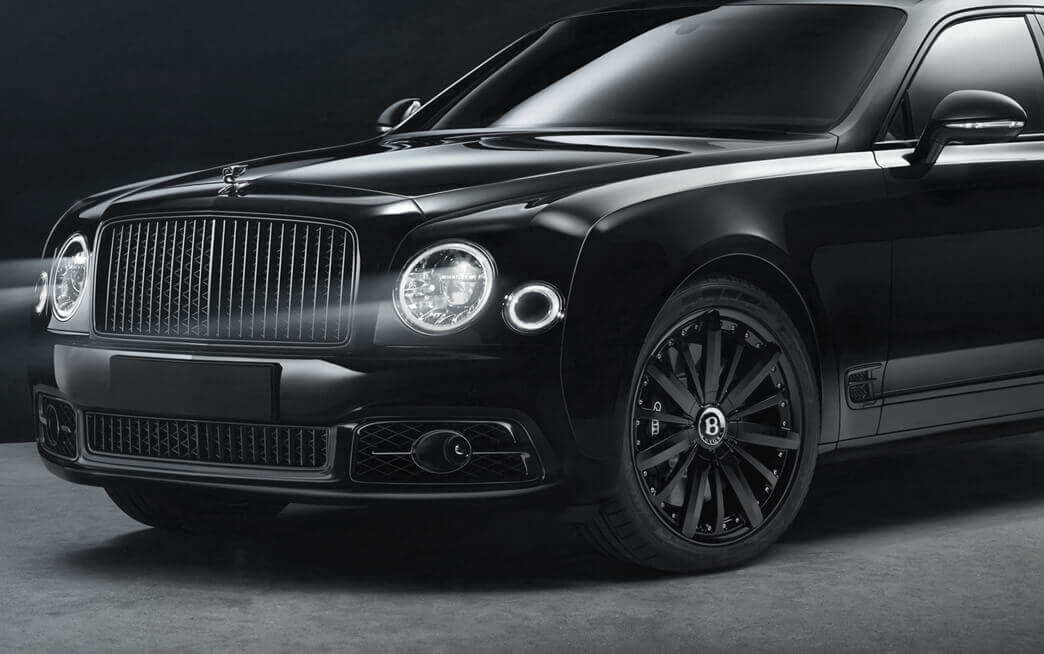Blog
How to buy car?How choose car ?
How delivery car?
How pay money for car?


Japanese domestic market provides a huge range of cars, but how can an unprepared person choose?
Our company will answer your question and help you choose.
We will list the most popular cars for the U.S.
In the U.S. there is a rule the car must be less than 25 years old and the question immediately arises, how old enough can I get a good car?
Yes you can. Autos at Japanese auctions are heavily scrutinized and all defects are noted on the auction list, but I will leave that for another time.
Let's see what kind of car for drifting and street racing we can buy.
Of course cars from flash movies and games come to mind such as Nissa Skyline GT-R with a RB 25 DET engine and Toyota Supra with 2 JZ or 1JZ engines. We will talk about cars with this engine.
The Toyota JZ engine family is a series of inline-6 automobile engines. A replacement for the M-series inline-6 engines, the JZ engines were 24-valve DOHC engines in 2.5- and 3.0-litre versions.
JZ engines are known for their durability, high horsepower, and ease of upgrades.
Let's consider what cars it was installed on.
Among the sedans stands out the family Toyota Mark,Cresta,Chaser.
Toyota mark is a luxury sedan with a powerful engine and rear-wheel drive. Perfectly suited for street racing and drifting.
Since the Mark,Cresta,Chaser. Built on the same platform they have the same chassis numbers. Yes in Japan there is no VIN number like in the US-Europe.
Here we go.
JZX81 Sixth generation: Toyota Mark II (X80; 1988–1995)
First released in August 1988, the Mark II was no longer the top level sedan at Toyopet Store locations in Japan with the introduction of the Toyota Celsior 9 October 1989. In 1990, 1JZ-GE and 1JZ-GTE (280 PS) was introduced, replacing the 1G-GZE. The GT model was only available with an automatic transmission. All six-cylinder X80 models used independent rear suspension, while the four-cylinder models had solid rear axles.
Seventh generation: Toyota Mark II (X90; 1992–1996)
A redesigned Mark II was released in October 1992, called the X90-series. It received a new front bumper (including grille), rear bumpers and tail lights and some weight mainly due to regulations. The Mark II had also grown. Under Japanese exterior dimension regulations, this series was no longer regarded as a "compact car".
The X90 series was available in six different trim levels. All trims came standard with fully automatic air conditioning and faux wood interior paneling. The base GL was available in either standard or automatic with a choice of a diesel or petrol four-cylinder engine. The slightly more up-market Groire had the same engine and transmission options as the GL with more standard features over its inferior. The diesel engine was now fitted with electronic fuel injection and had lower NOx emissions.
1994 Mark II Grande
The next four trim levels featured only petrol straight sixes for engines and either rear- or all-wheel drive. The Grande was available with either a 2.0L 1G-FE or 2.5L 1JZ-GE and either a four-speed automatic or 5-speed manual for 1G-equipped Mark II Grandes. The Grande was otherwise identical to the Groire in terms of options and equipment. The Grande G was available with either the aforementioned 1JZ or a 3.0L 2JZ-GE mated to an automatic transmission and came with ABS and traction control standard.
The Tourer S came with a 1JZ-GE engine, 4-speed automatic and several options either standard (such as ABS and control) or not present (a factory limited-slip differential) in either the Grande or Grande G.
Lastly, the Tourer V had a reinforced body, sport suspension, and a twin-turbo 280 hp (209 kW) 2.5-litre 1JZ-GTE inline-six engine. It also came from the factory with, traction control, ABS, an optional torsen LSD and optional 5-speed manual transmission. The Mark II Tourer V was a popular choice among tuners, enthusiasts, and drifters.
Eighth generation: Toyota Mark II (X100; 1996–2000)
Like its predecessor, the X100-series Toyota Mark II was available in multiple trim levels. New for this production run was the introduction of all-wheel drive to Grande and Grande G as well as the use of Toyota's new VVTi system on its engines. Also new was the standardization of ABS and a new electronic traction control system. The Groire trim level was also dropped for this production run.
Toyota Mark II (X100)
The base GL came with only the 2.4-litre 2L-TE turbo-diesel straight-four mated to a four-speed automatic. It came with basic features like power windows and door locks and automatic air-conditioning, but sportier options were only available on higher-level trims. However, traction control and ABS were available as options.
The Grande trim levels had a plethora of options and features available not limited to but including tilt-steering, standard ABS, traction control and AWD. The base Grande was powered by either the 2.0-litre 1G-FE inline-six mated to a 5-speed manual transmission or 4-speed automatic, the 2.4-litre 2L-TE mated to a four-speed automatic from the GL or the 2.5-litre 1JZ-GE, turning a four-speed automatic as well. New for 1996 was the Grande Four: a four-wheel-drive variant of the Grande, it was powered by the 1JZ-GE and mated to a 4-speed automatic transmission sending power to all wheels via a center differential. The Grande G versions were available with either a 1JZ- or 2JZ-GE and a 4-speed automatic. The "G package" included leather anointments for the steering wheel and seats as well as power front seats. A Grande G Four was also offered with the 1JZ engine, 4-speed auto transmission and all-wheel drive.
The Tourer trim level carried on from the X90 series in both Tourer S and Tourer V. The Tourer S was powered by a naturally aspirated 1JZ-GE and mated to a 4-speed automatic. The Tourer V received some noticeable tweaks from its X90 series counterpart: along with the implementation of ETCS and VVTi, the engine now received forced induction through one large turbocharger as opposed to two smaller ones in a parallel configuration. According to Toyota, this smoothed out the torque curve allowing the engine to deliver more torque at a lower RPM and with VVTi, improved the car's fuel economy.




